Difference between Internal and External Memory
There are mainly two types of memory in computers – Internal and External memory. The purpose of memory is to store programming operations, data, and set of instructions to run an operating system.
Moreover, memory is also helpful in storing permanent and temporary files inside the computer. These files are accessible by the operating system as and when there is any need.
In computing, internal and external memory, both save and access data files but have different physical and working characteristics. Let’s discuss both of them.
What is Internal Memory?

Internal memory (also known as primary or main memory) is available and attached inside the computer system. Besides, it is a type of storage that is accessible by the system without any use of input or output devices.
Also, it is not portable, which means it cannot be taken apart from the computer. Furthermore, this memory is directly accessible by CPU for a set of instructions and programs.
For example, RAM is a type of internal memory that stores the existing application’s instructions and programs.
Types of Internal Memory
- RAM (Random Access Memory)
RAM (internal memory) is a type of volatile storage that stores temporary information for faster accessing. Also, RAM saves temporary files of open programs and applications on a computer.
- ROM (Read Only Memory)
ROM is a read-only memory, and once the data is input, it cannot be changed. Data are written into ROM when it is manufacture. Also, if any single bit is wrongly input, the whole ROM becomes useless.
- Cache Memory
Cache memory is helpful to store temporary information that has been accessed by a buffer. In addition, it eases the work of the processor by speeding up data access on the computer.
What is External Memory?

External memory (also known as secondary memory) is a type of hard disk drive or other storage device. Besides, this memory stores data externally, allowing permanent storage of broad information.
Moreover, external memory is also portable, which means it is removable and can be used in other computers. The method of storing data in external memory is different than that of internal memory.
For example, magnetic tapes, optical drives, hard disks, etc. have high capacity storage to store a large amount of data.
Types of External Memory
- Magnetic Tapes
- Magnetic Disks
- Hard Disk Drive
- Optical Drive
Difference between Internal and External Memory
| Basis | Internal Memory | External Memory |
| Nature | Ram is volatile, but ROM is non-volatile in nature | Non-volatile in nature |
| Other Name | It is also known as Primary or main memory | It is also known as secondary memory |
| Physical Appearance | Looks like chips and is attached to the motherboard inside the computer | Look like a storage device or disk that are portable and connects to every computer |
| Connectivity | Connects internally by inserting chips or when the machine is manufacture | Connect through data cable or externally to the network |
| Data Storage | The Data is stored temporarily to access files faster | The Data is stored permanently for long-term |
| Working Memory | It is a working memory | It is not a working memory |
| Large Data | It cannot store extensive data | It saves a broad amount of data |
| Portability | Non-portable | Portable |
| Example | Ram & Rom | Hard Disk & Optical Drive |
Final Words
As far as we are concern about memory, internal and external memory both, have the same working to store and access data. Besides, the only prime difference is their working and operating characteristics.
The main memory (internal) is helpful as a working memory to store temporary files for faster accessing of data. On the other hand, secondary memory (external) has no such intention. It instead stores data permanently for the long term.

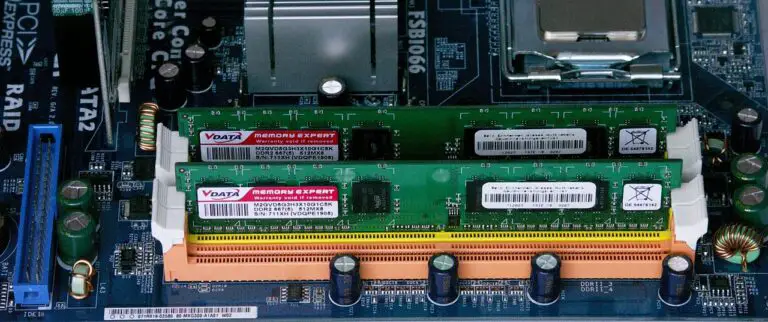
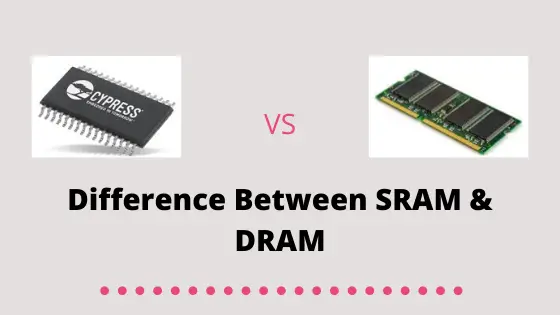
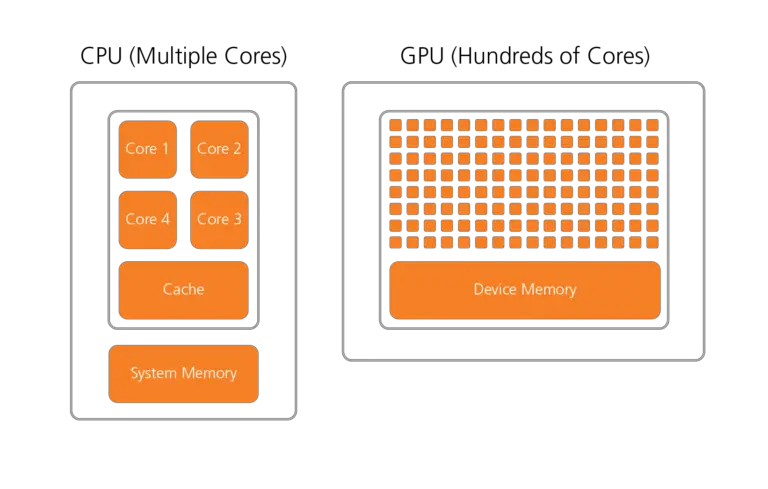
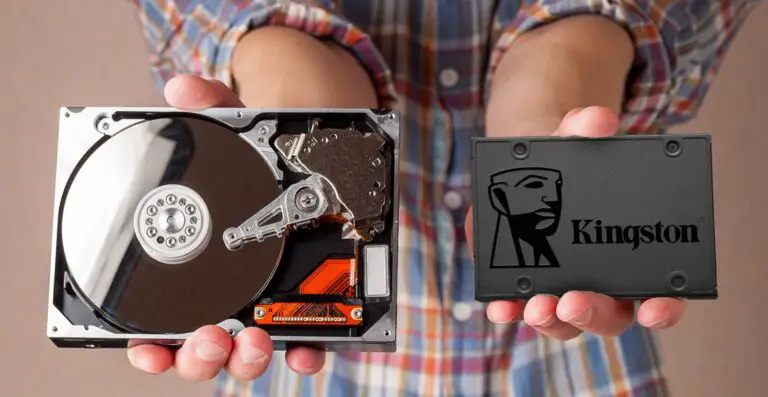
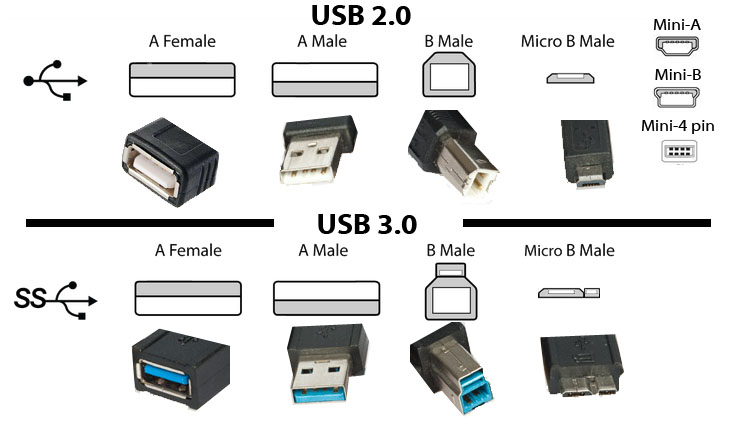
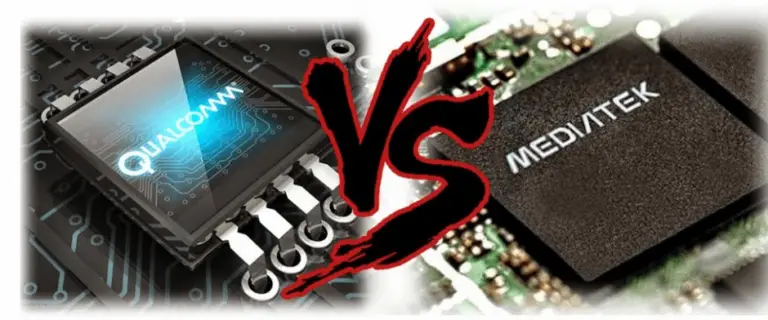
You’re amazing
i really appreciate everything that you do
you inspires me